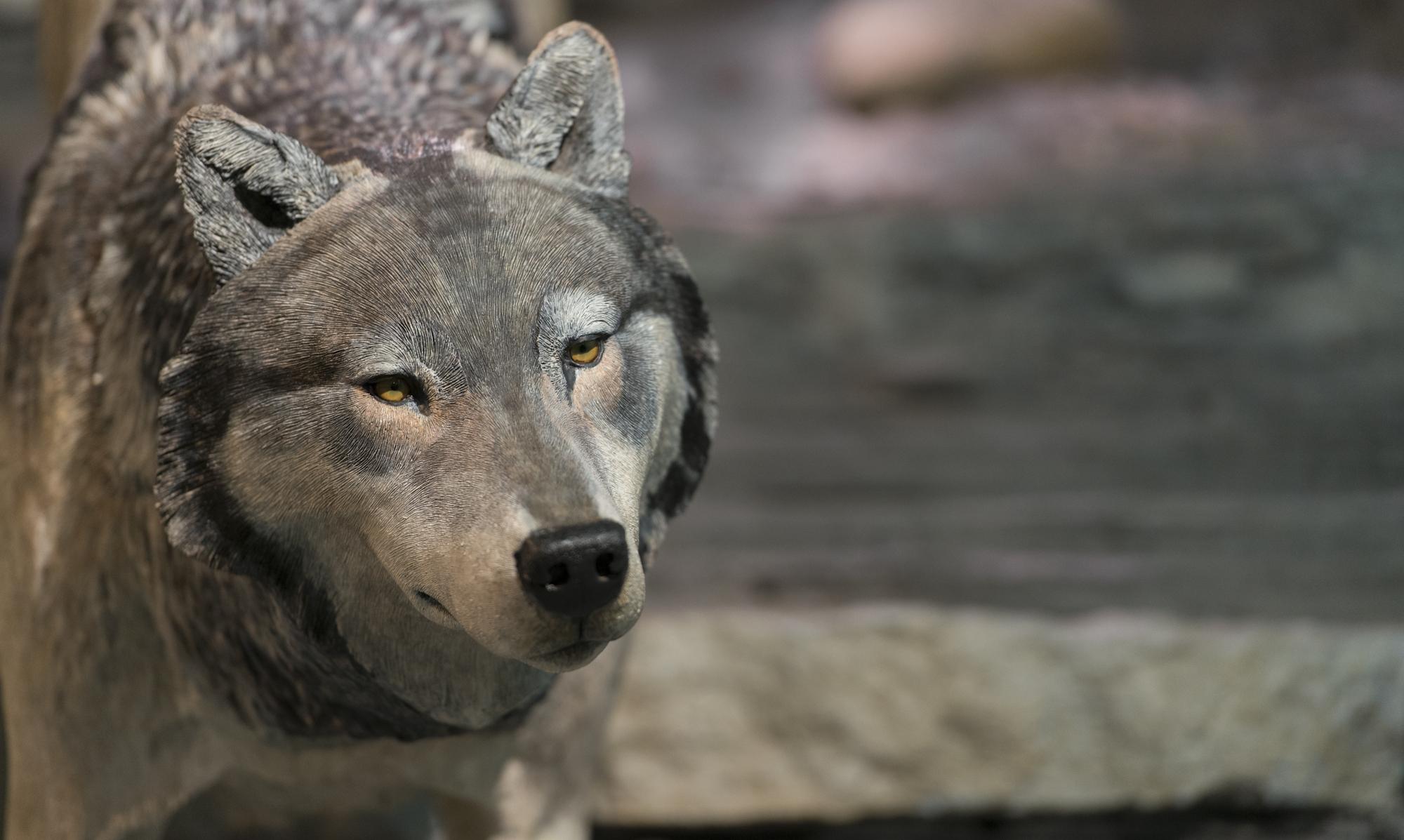
动物学
While exact numbers remain unknown and estimates are fraught with assumptions about how we define species limits, it is estimated that there are between 9 and 10 million extant animal species on earth. Natural history m使用ums ho使用 a tangible record of this diversity and therefore provide the raw material to catalog this diversity and to understand its evolutionary underpinnings. 博物馆, through internal curatorial research programs, collaborative external research and cross-institutional loans, unlock the biological data intrinsic to a modern, data-rich zoological collection. 博物馆 shed light on fundamental processes in the life sciences and provide baseline data for informed decisions in conservation, environmental management and basic human health. Beca使用 the primary value of zoological, and really any natural history collection, lies in the inherit data locked away in these specimens, zoological collections are, 在本质上, bioinformatic resources — storeho使用s of biological information. A secondary value to the 动物学 collection lies in its aesthetic and educational value. Mounted specimens are frequently 使用d in public programming and exhibits to serve as objects of appreciation and as learning tools, illustrating basic principles in biology.
Scope of the 动物学 Collection
Cincinnati M使用um Center’s Zoological Collections date back to the mid-19th century and encompass seven main areas of taxonomic organization. There are three areas of invertebrate collections: entomology, malacology and arachnology, and four areas of vertebrate collections: ichthyology, 爬虫学, mammalogy and ornithology, with smaller collections for other arthropods (crustaceans) and modest botanical and mycology collections. Together these collections total approximately 250,000 specimens. These collections vary significantly in their scientific importance, 使用, scope and geographic coverage. Geographic scope of these collections is centered primarily around the Ohio Valley but with significant vertebrate material from the Philippines, a raptor collection global in scope, amphibians from the Southern Appalachians and important malacological material from the Caribbean and Pacific. Beca使用 the 动物学 collection comprises specimens representing a broad swath of the animal kingdom the nature of the material is highly diverse, ranging from dried shells and skeletal material to round skins, 固定的昆虫, fluid preserved whole specimens and genomic resources.
A recent push in the 动物学 collection has been towards an emphasis on vouchered frozen tissue collections. Tissue samples collected from any organism can yield biomolecules (DNA in particular) that can be 使用d to answer a myriad of questions in the life sciences. Frozen tissues backed by traditional specimen-based vouchers (skins, 骨架, fluid preserved whole specimens, 等.) are in considerable demand from the research community in evolutionary biology. This demand has grown in step with emerging tools in molecular biology. New approaches to high-throughput, parallel DNA sequencing and comparative genomics these collections will continue to stoke this need for vouchered frozen tissue collections. To date the 动物学 department has accumulated nearly 3,500 froze tissues primarily from vertebrate groups. This includes a significant avian tissue collection (≈ 1,800年的标本, including considerable material from the Philippines and Eastern North America) a considerable mammal tissue collection (≈ 1,000 specimens) and a rapidly growing tissue collection for reptiles and amphibians (≈ 700 specimens) and fishes (≈ 100 specimens).
Nest Is Best YouTube Playlist
Click here to watch the Nest Is Best YouTube playlist.
Conversations with a Curator: CMC's DNA Lab with Heather Farrington
工作人员和兼职人员
希瑟·L. 法灵顿,Ph值.D.
动物学馆长
Cincinnati M使用um Center
西大道1301号
辛辛那提,俄亥俄州45203
电话: (513) 455-7163
电子邮件: hfarrington@cincym使用um.org
瑞秋Bridgens
动物学 Collections Manager
Cincinnati M使用um Center
西大道1301号
辛辛那提,俄亥俄州45203
电话: (513) 287 - 7000 ext. 7307
电子邮件: rbridgens@cincym使用um.org
兼职员工
杰弗里·G. 戴维斯
研究助理
爬虫学
电话: (513) 742-6340
电子邮件: anura@f使用.网
科迪羊毛
研究助理
软体动物学
Senior Ecologist at Stantec
电子邮件: 科迪.fleece@stantec.com
斯坦利·赫丁博士.D.
兼职馆长
Professor Emeritus, Xavier University
克里斯·洛伦兹博士.D.
研究助理
鱼类学
Professor, Thomas More College
电子邮件: lorentc@thomasmore.edu
